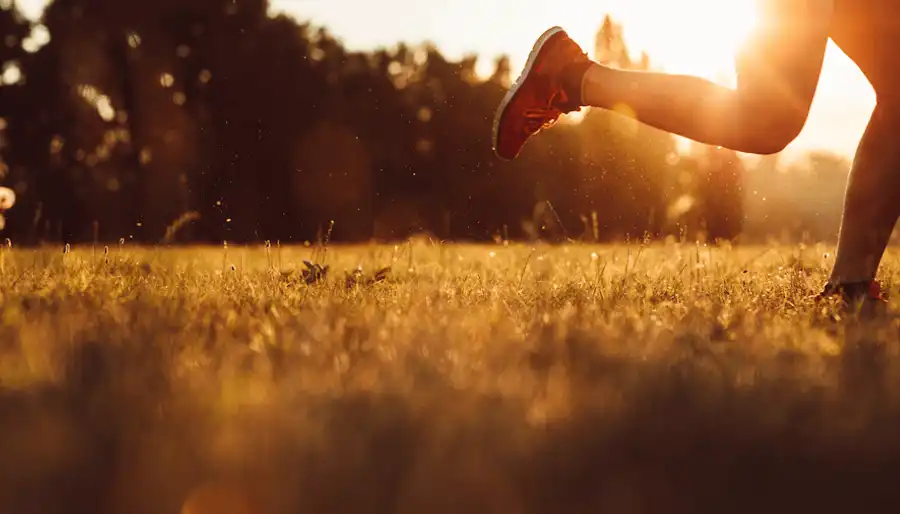Exercising in Hot Weather
08 May 2025

The benefits of exercise are well known, but we need to be aware that exercising in the heat needs to be thought about to keep safe and well.
Some of us turn into the energiser bunny in the heat (guilty) others really battle through the day (that’s my husband).
Maintaining your exercise routine in the hot weather is possible, we just need to put some careful steps in place to ensure dehydration doesn’t occur which is the biggest risk of exercising in the heat.
Top tips for exercising outdoors in hot weather
- Keep hydrated - drink at least 2 cups of water before you begin your exercise. Isotonic drinks (if you can drink them) are a very good way of replacing salts lost through sweating in extreme heat. My go-to isotonic drink after I have been running is coconut water—this really is a great natural product!
- Dress for success - choose lightweight clothing made of breathable synthetic fabrics rather than cotton as they will allow sweat to evaporate quickly allowing air to move over your skin. Dark colours absorb the heat, lighter colours reflect the sun keeping you cooler for longer. You may wish to wear shorts and a sleeveless top to ensure your body can keep cooler (avoid leggings as you are trapping heat against your body).
- Time it right - the sun is at maximum strength at 11am and 3pm, and there is often residual heat in the evening alongside humidity which reduces your body’s ability to cool down. Try to incorporate exercise into a morning routine.
- Be aware of the signs of heat exhaustion - and STOP if you feel them.
Signs of Heat Exhaustion
Heat cramps are the first sign you are exerting yourself; if you feel spasms in muscles when exercising gently stretch and massage the area, rehydrate and do not try to exercise for at least a few hours after the cramps have gone.
Ideally do not do any further exercise that day. Heat exhaustion – this includes extreme fatigue, breathlessness, dizziness, vomiting or fainting.
A rapid but weak pulse may also be present and it's a MUST that exercise is stopped immediately, shelter in a cool environment and drink plenty of cool fluids.
Heat exhaustion is dangerous and requires immediate medical attention. Symptoms include obvious elevated temperature of more than 40 degrees Celsius, disorientation, a rapid pulse and flushed skin.
After Exercise
After exercise some people cool down using their pulse points – think wrists, feet and neck.
Applying a cool towel over these areas will lower the temperature of the blood closest to the surface of the skin which will then recirculate into the bloodstream – resulting in a cooling effect.
A good habit to develop after any exercise is to rehydrate, cool down (more relevant in hot weather), and stretch.
We have looked at ways to hydrate above. If you have been hot during your workout or after exercise, some people cool down using their pulse points — think wrists, feet, and neck. Applying a cool towel or flannel over these areas will lower the blood's temperature closest to the skin's surface, which will then recirculate into the bloodstream, resulting in a cooling effect.
Stretching is a must after exercise. Check out my whole-body stretch video below. For specific muscle group stretching/rehab, please speak directly with your health care provider.
Emily Coombes
Registered Osteopath (7416) and Principal Osteopath at Kibworth Osteopaths & Pilates